Review of Marlene Dietrich: The Movie Collection
Introduction
Throughout the 1930s, there was a corner of the Hollywood fields that was forever Germany. Much of the great art of early Hollywood cinema was down to German filmmakers lured to California by opportunities of big budgets. Directors such as Von Sternberg and Lubitsch did some of their best work in Hollywood. Universal Pictures was run by German emigres, the Laemmles, the greatest names in , but the most incandescent German-born star in Tinseltown was the exotic, erotic Marlene Dietrich.
Her career spanned the introduction of sound, and her accent so suited her exotic looks that she succeeded in sound films where others with accents less pronounced faltered and failed. Dietrich was one of the first Screen Divas, alongside Swedish born Greta Garbo, and home-grown US bombshells Mae West, Carole Lombard and Jean Harlow.
Maria Magdalena Dietrich was born on the 27th December 1901. There seems to be a little confusion about her real name as her father, Lt. Louis Erich Otto Dietrich died in a fall from a horse when she was ten years old. She was adopted by and assumed the surname of her stepfather Col. Eduard von Losch when her mother remarried. A talented singer, young Marlene discovered the limelight at an early age and soon committed to a career on the stage. She broke into film in 1922 and in 1924 met and married her lifetime partner Rudolf Sieber to whom she remained married if estranged right up to Sieber`s death in 1976.
Her big film break was for Josef Von Sternberg with Der Blaue Engel (The Blue Angel, 1930) where she appeared in the relatively minor role of Lola Lola, the chanteuse at a speakeasy frequented by the lead character (played by Emil Jannings). With her looks and smoky voice, she stole the picture, which incidentally was shot twice - once in German and once in English. The former is considered to be the superior.
Her first Hollywood picture was Morocco, listed below and made the same year as Der Blaue Engel with the same director. Throughout the Second World War, she continued to make movies and make clear her stance against Naziism. Her co-star Emil Jennings had made no further English language movies after Der Blaue Engel and through the war had enthusiastically supported the Nazis. This came back to bite him in the ass posthumously when in 2004 his home town of Rorschach in Switzerland (where the tests come from) was going to establish a Hollywood-style walk of fame. When informed of the late actor`s Nazi leanings, the council quietly had the star dug out of the pavement and discarded. Marlene, conversely, was awarded the US Government`s Medal of Freedom in 1947 for her work entertaining the troops and became a Chevaliere of the Legion by France, her adopted home later in life.
Marlene`s career would continue up to 1961, with her last role of any substance being Mrs Bertholdt in Judgement at Nuremberg. A couple of cameo roles since then interrupted a twilight-years career of stage appearances that continued up to 1979 when an accident on stage resulted in a broken leg. A shell of her former self, Marlene became a bed-ridden recluse hiding away from the world for a further twelve years before natural causes (kidney failure) claimed the cinematic Diva on May 6th 1992.
Morocco
Dietrich`s first American-made movie back in 1930, produced for Paramount Pictures and directed by her movie mentor Josef Von Sternberg. The movie teamed Dietrich, as a sophisticated cabaret chanteuse, with Gary Cooper as a foreign legionnaire vying for her affections with Adolphe Menjou. A straight romance, the movie has more wit and sophistication than most of its purely American comtemporaries. Von Sternberg and Dietrich are at the top of their game as are Cooper (turning in his usual salt-of-the-earth characterisation) and Menjou as his rival for Dietrich`s affections.
Dishonored
Made in 1931, this early spy-drama was released in competition with Garbo`s Mata Hari picture. Both movies mixed espionage and (very very coy) sex, with Dietrich playing sultry agent X27 opposite Victor McLaglen. Frequent Dietrich collaborator Josef Von Sternberg again directed.
Littered with cheesecake moments, Dishonored is typical of the spy genre of that era - Mata Hari rather than James Bond. Made years before political correctness, the movie sizzles with early Hays Code potential naughtiness. Wicked women, however, never get on in Hollywood movies and it can be no surprise or spoiler that like Mata Hari, Agent X27 winds up (pardon my dicky German) auf die kleine fluss die scheisse.
McLaglen (that lumpy old bugger who challenges John Wayne to the brawl of the century in The Quiet Man), plays rival agent H14.
This disc provided some technical problems when later chapters failed to play. The fault turned out to be a dirty great greasy thumbprint on the disc, so caution may need to be exercised that these discs are inherently susceptible to surface grime - so much for the old Tomorrow`s World claims for such discs remaining playable with jam spread on them.
Song of Songs
In 1933, following the box-office disappointment of Blonde Venus, Paramount chiefs decided to separate director and star team Von Sternberg and Dietrich and assign them to different projects. The results only confirmed that the two worked best together. Dr Jekyll and Mr Hyde director Robert Mamoulian battled gamely with a clunky story about the lives and loves of a German peasant girl.
Dietrich plays Lily, an ordinary peasant girl who falls for a sculptor when she becomes his model and the inspiration for a magnificent life-sized nude statue. She subsequently marries a Baron, takes several lovers and ultimately a hammer to her statue.
A distinctly Ruritanian staging makes you half-expect Boris Karloff to pop up in flat head and asphalt-spreaders` boots. Matters aren`t helped by Lionel Atwill showing up as the bullet-headed Baron in a turn that echoes his police chief in the 1939 Son Of Frankenstein (but without the wooden arm sent up by Kenneth Mars in Young Frankenstein).
Desire
Made in 1936, this classic Ernst Lubitsch romantic comedy teams Marlene Dietrich with Gary Cooper in a tale of a lady jewel thief evading detection at the Spanish border by dropping the pearls she purloined in Paris in the pocket of (excuse me a moment while I wipe down the keyboard) an American automobile designer. In the process of retrieving said baubles, she falls in love with the American.
Romantic comedies are always a blast, and any romantic comedy starring Gary Cooper is worth watching. Dietrich is luminously lovely as the sophisticated Madeleine de Beaupre and Cooper is - well - Gary Cooper. The original Mr Deeds, Professor Potts in Ball of Fire and Marshall Kane in High Noon. Sit back and watch a master in action, and not least the "Lubitsch Touch" - while Frank Borzage directed the picture, it is inescapably an Ernst Lubitsch picture. One of the real gems in this collection.
Follow The Boys
Perhaps the oddest of the bunch is this 1944 all-star review produced by Charles K Feldman - the man behind sixties megacomedies What`s New Pussycat and Casino Royale. Dietrich is one of a group of stars of the era including WC Fields who pass through this mixture of music and comedy put together as a morale booster for troops fighting in WWII (the "boys" of the title). Starring George Raft and Vera Zorina, the film is little more than a series of musical numbers and sketches bolted together with an exceptionally threadbare plot about the couple splitting up so that Raft can organise USO shows.
Eagle-eyed viewers may recognise that Raft`s screen father in the story is Dorothy`s Uncle Henry from The Wizard of Oz.
Hard to reconcile is the sight of Raft dancing as one of the boys in the chorus for a Hollywood musical, considering Raft`s lifelong image as a gangster or tough-guy (usually seen tossing a coin).
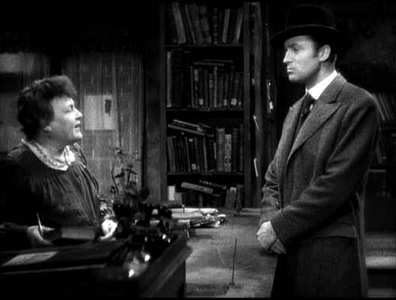
Video
All the movies are presented in their original 1.37:1 Academy format and monochrome. Movies used to be. Deal with it. For movies between 76 and 62 years old, the pictures included in this set are very pleasingly free of dirt and wear and tear and I suspect look just about as good as they did on their initial releases. There are some age-related artefacts about the pictures, but all in all any defects can be overlooked, especially if one considers how bad these movies could have looked in the hands of a studio which didn`t care.
Morocco - soft picture (age-related) but considerably better than some releases of a similar vintage.
Dishonoured - sharper and higher contrast than Morocco, and like Morocco a slight exposure pulsing which is either down to negative age and deterioration or an actual camera artefact from the time.
Song of Songs - again rather soft but with better contrast rendition
Desire - But for a white (negative) tramline mid-screen which comes and goes throughout the movie, the image is otherwise excellent with lovely contrast and little other damage or dirt.
Follow The Boys - pin sharp rendition of a movie from its home studio vault rather than something inherited in a property buyout.

Audio
The audio varies between movies but is presented as Dolby Digital 2.0 Mono. The early 1930s were the earliest years of sound production in Hollywood (the process only coming in in 1927) and improvements in film audio fidelity only really happened in the 1950s and 1970s.
Sound for movies of this era is notably tinny and harsh with little low frequency captured. Happily the soundtracks are relatively clear with little introduced noise from wear and tear.
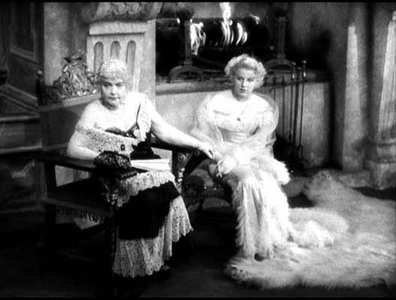
Features
The set is bare-bones, with the releases having subtitles but nothing else.
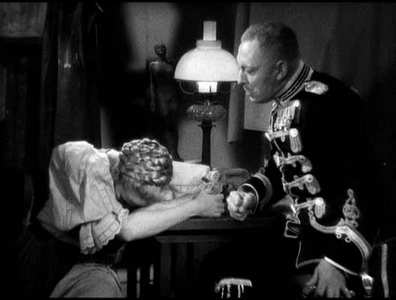
Conclusion
Marlene Dietrich was one of the first Screen Goddesses. The camera loved her exotic beauty and for a thirty-one year screen career, she was one of the sexiest stars in screen history (without shedding a stitch). Universal has released an eighteen disc collection of her movies, which was split between three of us Reviewers. I`d love to have the lot.
Universal has done an outstanding job of mastering these movies to DVD. The most recent of the set I reviewed was 62 years old, and for a movie eligible to travel on the buses for free it looked pretty damn good - as did all of the movies.


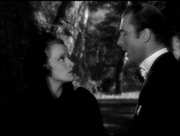


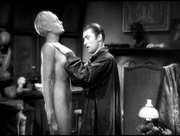
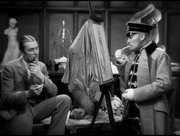
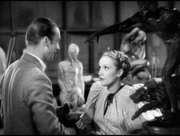


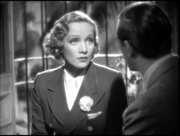
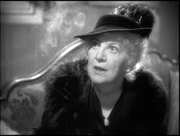
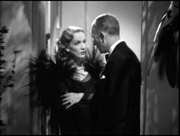
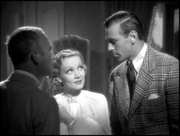
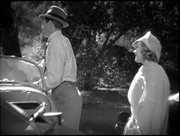


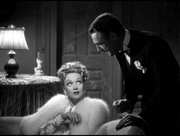
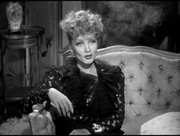
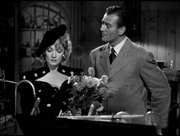
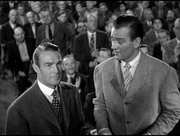
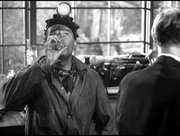



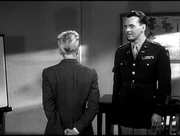
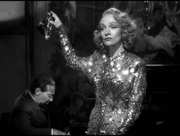
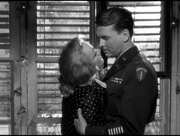
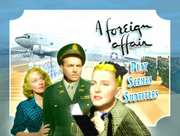

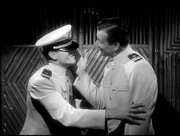
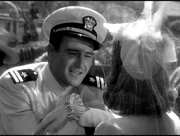
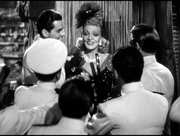
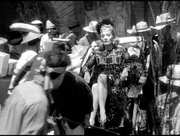
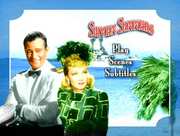
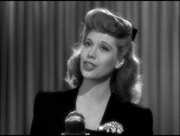
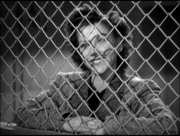
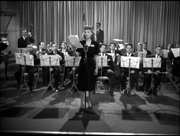

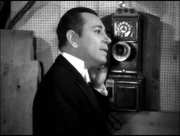
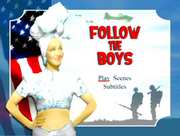
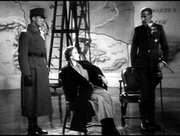
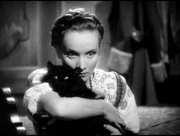

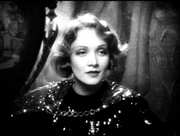
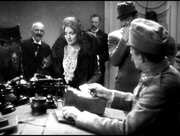
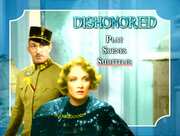
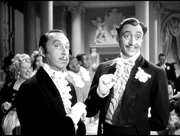
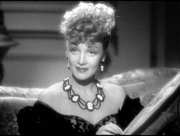
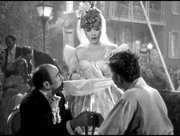
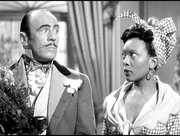
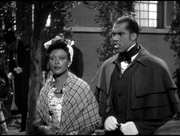
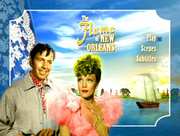
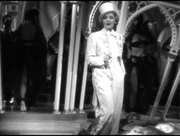
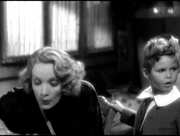
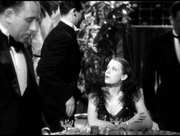
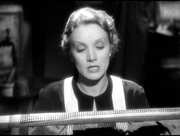
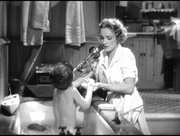
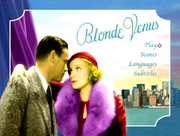
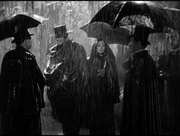
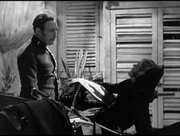
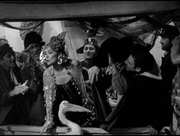
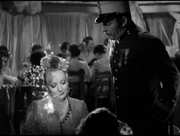

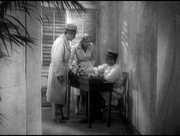


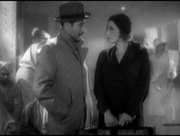
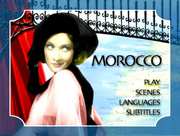
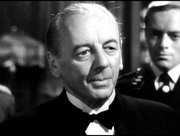

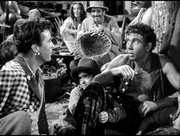
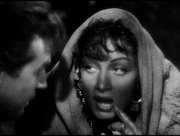

































Your Opinions and Comments
Be the first to post a comment!